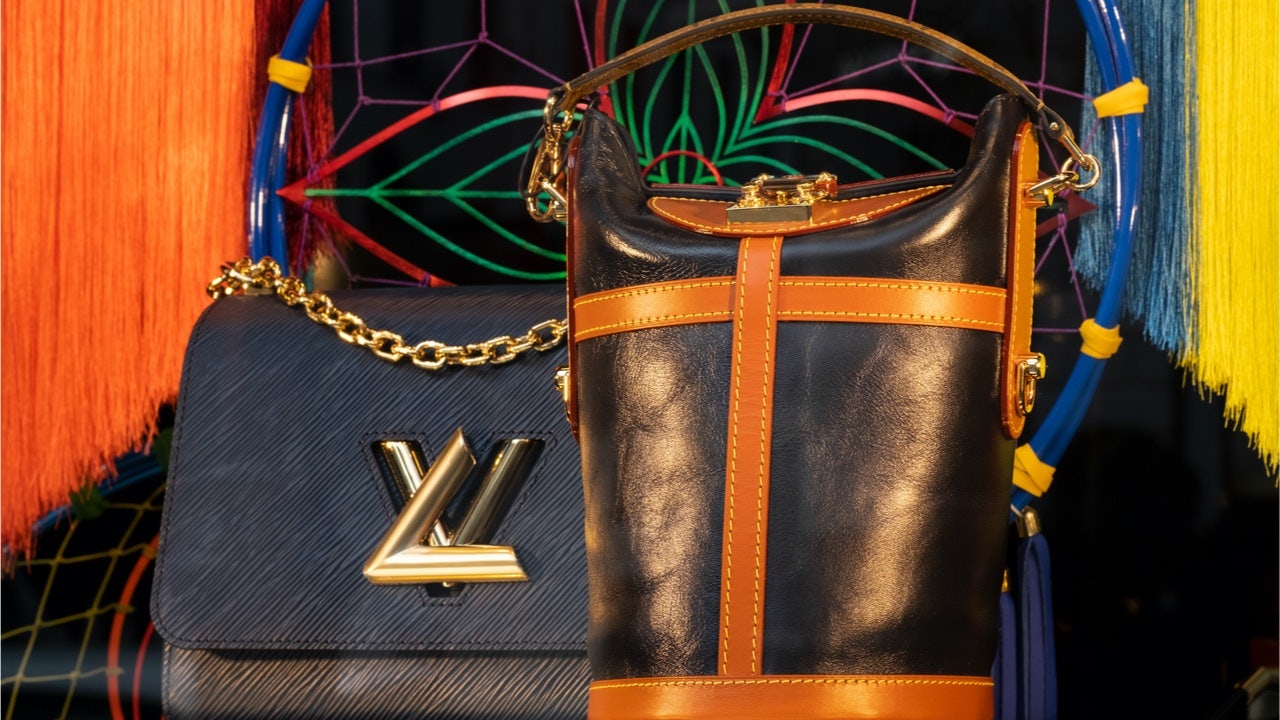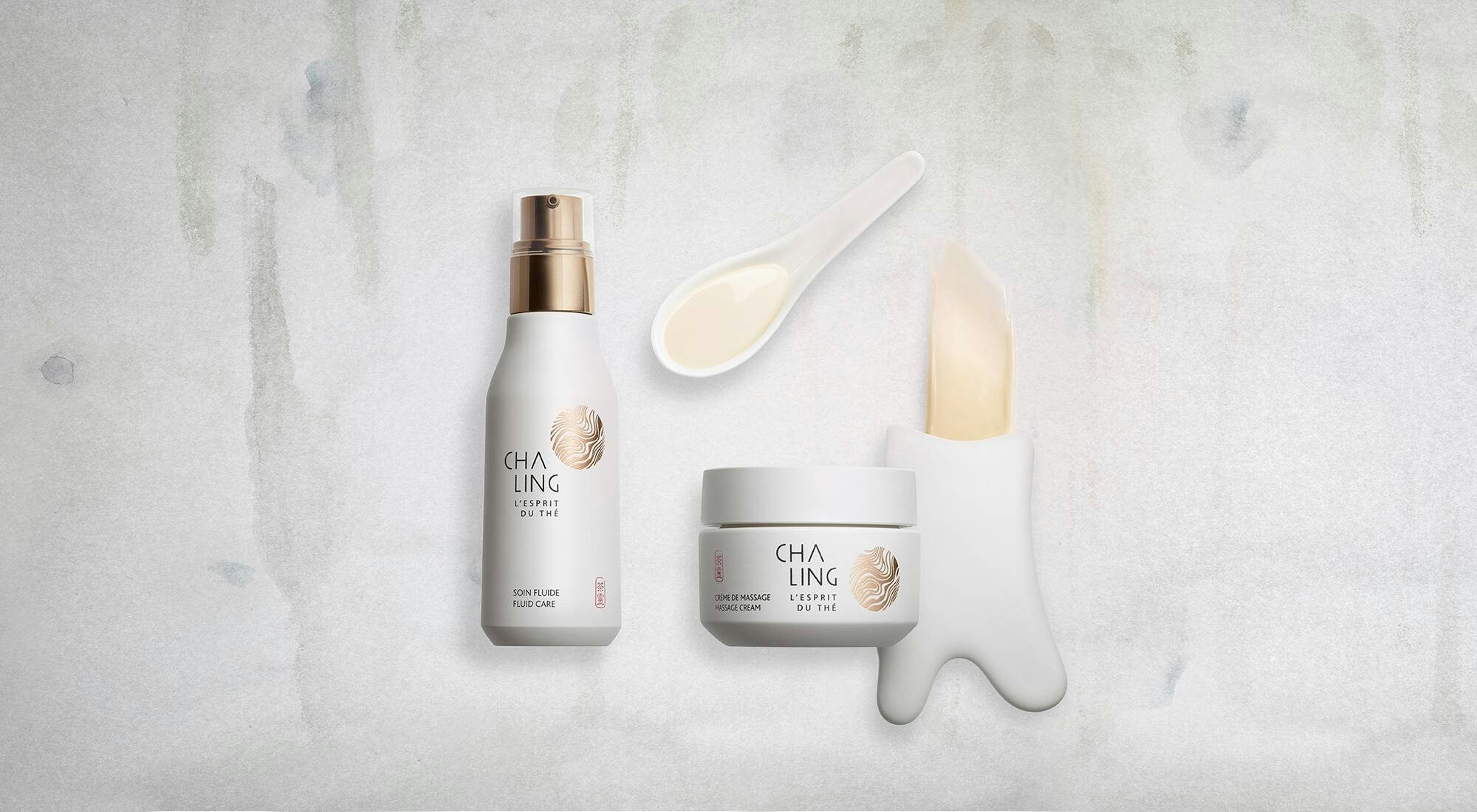Coming after surprisingly strong results in the first half of the year, which left execs “cautiously optimistic” for 2019, luxury giant LVMH recently released a Q3 2019 earnings report that showed continued growth in the face of a tough global luxury environment. According to LVMH, the group saw a 16 percent increase in revenue in the third quarter of the year, reaching €38.4 billion (US42.5 billion), a 17 percent rise in revenue and 11 percent increase in organic revenue compared to the same period last year.
This puts the group on track to surpass the €46.8 billion (US51.9 billion) in revenue that it recorded in 2018. Perhaps most surprisingly for the group, revenue in Asia remained relatively strong, given the ongoing difficulties faced by LVMH brands in Hong Kong and an uncertain mainland China market.
Of LVMH’s product segments, the leading performer in the quarter was Fashion & Leather Goods, which achieved 18 percent organic growth, led by the group’s Louis Vuitton flagship brand. In particular, Louis Vuitton’s Louis Vuitton X exhibition in Los Angeles was cited as a success for the group, along with the opening of its new French workshop in September. Christian Dior, Fendi, and Celine were also pointed out as strong performers, owing to Dior’s new Champs-Elysées boutique, Fendi’s art and music partnerships, and Celine’s first haute parfumerie collection.
In terms of China, Wine & Spirits were a bright spot for LVMH, which saw organic revenue growth of 7 percent for the vertical in the third quarter. The group cited strong demand in China and the U.S as drivers, while noting a decrease in demand for Champagne and strong increase in demand for prestige vintages. Cognac, too, was a particular area of wine and spirits growth.
In the fourth quarter of the year, the group notes that, owing to an “uncertain geopolitical context,” LVMH will focus on “innovation and targeted geographic expansion in the most promising markets,” without explicitly pointing out what they mean by that.
As the year draws to a close, the question for LVMH is what kind of impact a softer Hong Kong and sensitive mainland China market will have on revenue. At this point, it looks like a safe bet that the group will surpass its 2018 revenue, but the question for the Greater China market is the type of approach LVMH should take to its expansion and marketing there in the next three months.
Presumably, LVMH Maisons’ will work hard to keep their heads down and avoid being next in the barrel to be called out by Beijing for a perceived indiscretion. To their credit, most of these LVMH-owned brands — with the notable recent exception of Givenchy — have managed to stay on the good side of the Chinese government or at least fly under the radar. But in the current environment, in which Beijing is easy to outrage, it’s anyone’s guess whether LVMH’s dozens of brands will complete the year without any further headaches.


